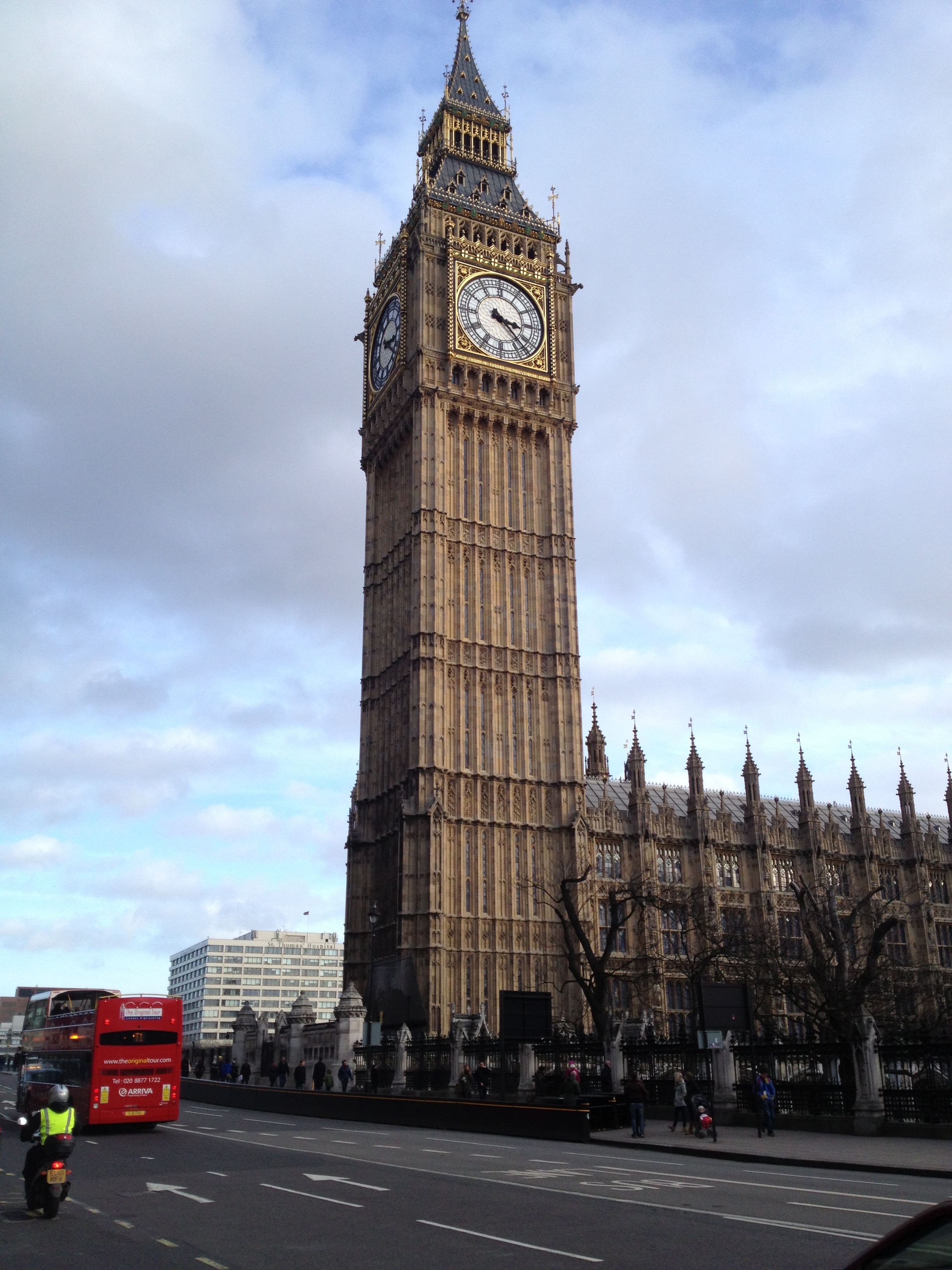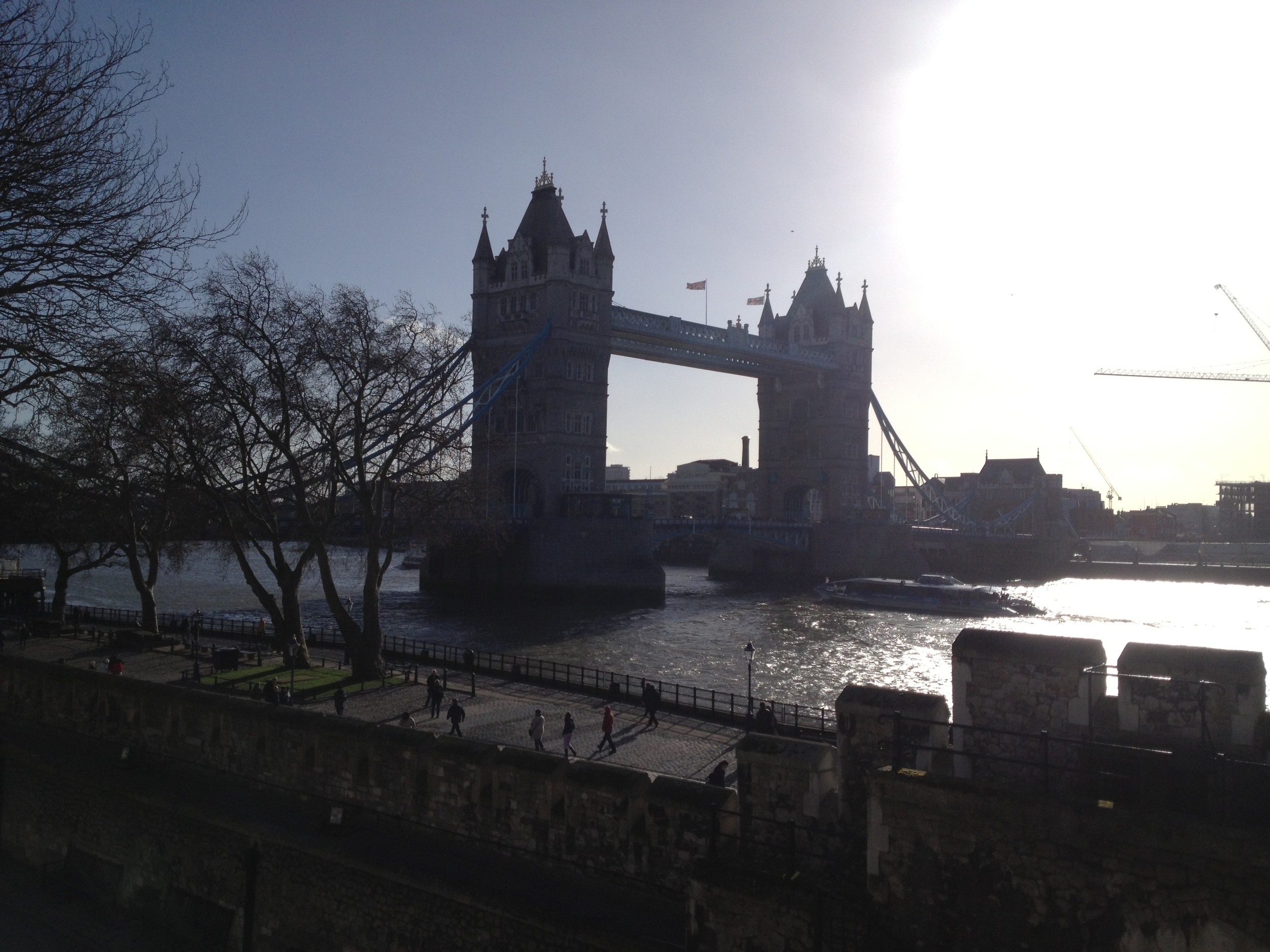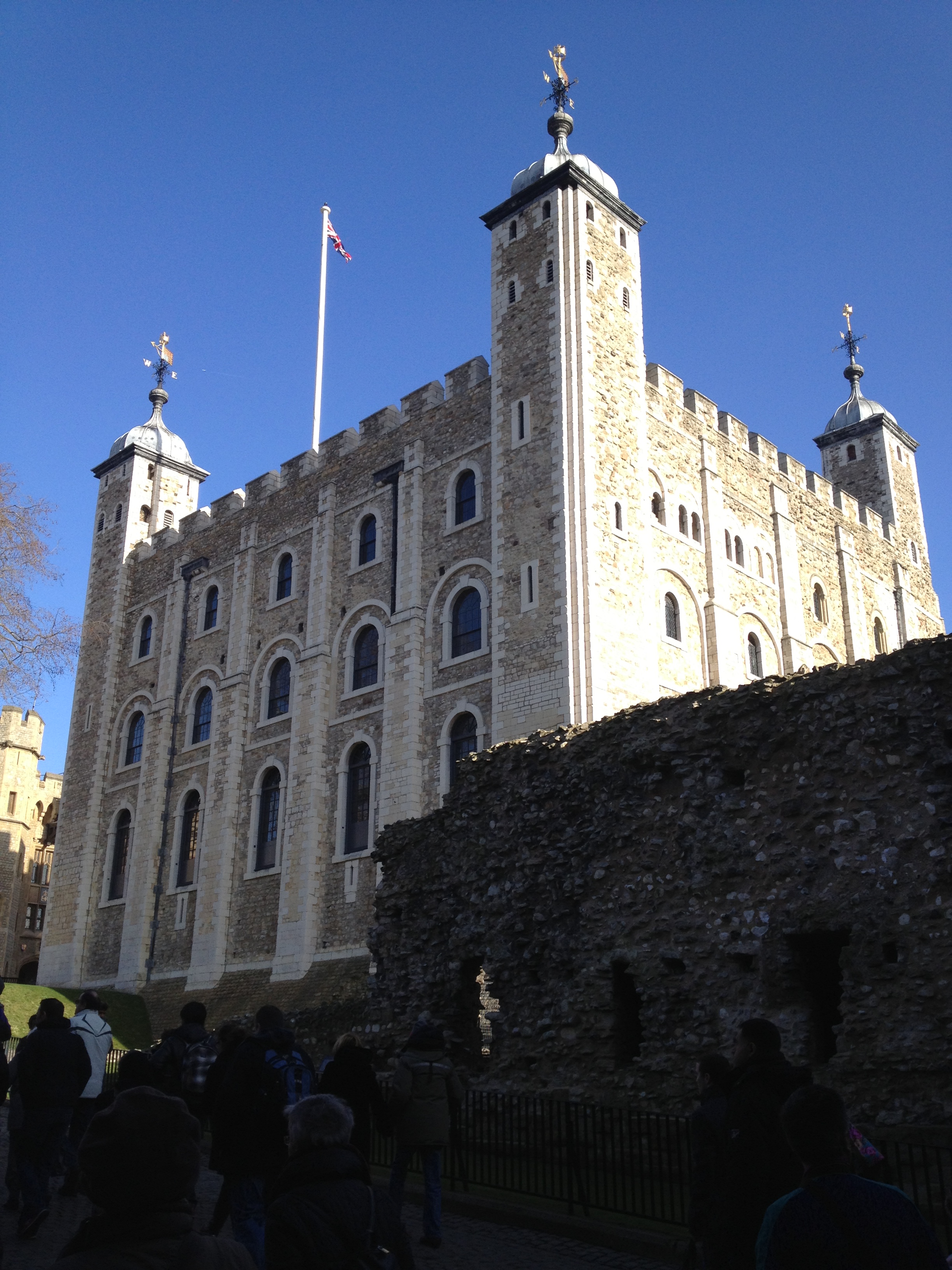Canadian Embassy
London is the New York City of Europe. Europeans go there expecting skyscrapers and roaring cars on the wrong side of the road. Hyde Park might be Central Park and Canary Wharf might be Wall Street. But this comparison belittles New York and sullies London. Instead, London is closer to Toronto. Canadian flags even conspicuously adorn the famous Trafalgar Square, belonging to our embassy. Posters of Les Misérables and Phantom of the Opera remind of when both shows were playing in Toronto. England, after all, is t he parent.
West End
Mayfair is to Regent St. as Yorkville is to Bloor St. A posh neighborhood is lined with boutique shops, resting incognito behind the touristy and flamboyant Regent Street. A winding historic building, lights and arches in full galore, could be a pathway on a giantland pinball machine; the balls are the iconic double-decker-busses that wiz recklessly through the streets, much like the scene from the Harry Potter movie. Riding on the top of one of these buses is a must, and a cheap way to get a good look at the city. The metro is relatively expensive (3£ a ticket) but highly efficient and a testament to the technologically competent British. Oyster cards (aka Octopus cards in Hong Kong, a former colony) are smart and slot commuters into the least expensive price bracket given the trips they’ve taken.
Regent Street
King's Cross
The first impressions of London are diversity, cleanliness and helpfulness. It is also resoundingly refreshing to hear English, albeit with an accent (remember Americans overwhelm the Brits 5 to 1). British people do not hesitate to laugh at themselves. For example, the Bakerloo line is an amalgamation of Baker Street and Waterloo; it seems ever so frivolous compared to the regal sounding ‘King’s Cross’, but even there exists a tribute to J.K. Rowling’s platform 9¾.
Too few people talk of British coffee shops; they are never as highly regarded as French or Italian ones. Yet the espresso bar scene is widespread, a multiple of the similar outgrowth of bars seen in Toronto. At Kaffeine, microfoam of steamed milk is poured in a tasty shot and mixed in a riveting design, as is the norm in London and Toronto and unfound in Paris. Cafés have the same exposed wood communal tables and hipster baristas I know and love.
Latte at Kaffeine
St. John
Roast Bone Marrow & Parsley Salad £7.20
Pig Cheeks
Ice Cream
Tuna Carpaccio, Wheelers
The bone marrow at St. John’s is probably the tastiest thing I’ve ever had. It is glorified fat on a stick; it tastes better than it sounds. Frenzied diners scoop mountainous fatty globules from the inner compartment of the bone onto toast. The fat is spread like butter and accompanied by a fresh parsley salad. The restaurant is somehow refined despite the strained grey floorboards and deliberately austere walls. A cafeteria style dining area is wrapped around the formal restaurant; both apparently serve the same menu and a selection of local beers. For a more lavish (but just as expensive) restaurant, Wheeler’s serves impressive tuna Carpaccio and fish and chips complete with mushy peas. Finally, Indian food is good for budget dining.
The architecture is different than that of Paris and beautiful its own right. But it isn’t as forceful because there is an anachronistic mix. New buildings spring up everywhere and are often juxtaposed between remnants of the Victorian era. Lloyd’s building, for example, is excruciatingly ugly and ranks highly on any ugly buildings lists. It is so ugly, as one commentator says, it is hot (like Mike Jagger). But historical structures are not gone. Both London Tower and Big Ben are standard tourist destinations and probably worth seeing.
London is a far cry from the dreary, grey and boring city as it is often described. Instead it is a hub of international collaboration and on the leading edge of civilization. And it certainly does rain often and a lot, though I was lucky to have some beautiful days of sun. This is when London wakes up. The shiny new buildings reflect the rays onto the older ones. It hardly has as much character as Paris and far less touristy. But it would be a wonderful city to live in.










